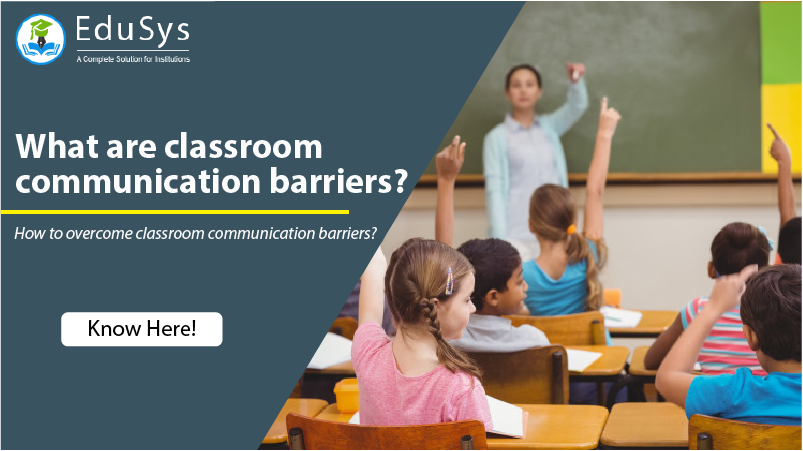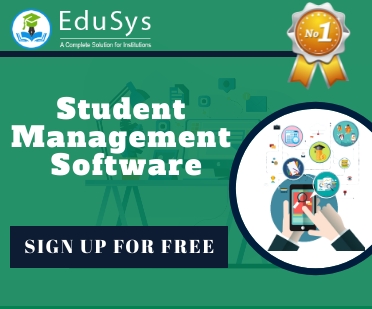What are classroom communication barriers, and how to overcome them?

Realizing what are classroom communication barriers and overcoming them is quite challenging and complex in educational institutions such as schools, colleges, and higher Ed establishments. The first and crucial part is analyzing the different types of obstacles that affect learning and teaching. To simply the work of educators, we have examined various factors and listed the common barriers, along with their solutions, that affect communication among teachers and students.
Language as a barrier to communication
Language as a barrier tops the list of factors that affect effective communication in the classroom. Lack of common language to talk deviates the teaching mythology from its main aims and objectives and affects learning outcome in students. For example, if a teacher primary interacts with his/her students in a language, taught to the latter as second-language in schools; it becomes difficult for the students to comprehend the meaning of the speech/lecture instantly.
Overcoming language barriers in the classroom requires educators to speech (or) have a basic level of understanding of the common dialect of students and locality. Not only does occasionally communicating in the vernacular allow the teachers to teach better and develop good speaking skills, but it also increases the student-teacher bond and relationship.
Mundane teaching
One of the barriers to effective learning in schools, colleges, and higher education institutions is the practice of mundane blackboard and chalk teaching. The strategy where educators encourage the students to listen to lectures and note down the text from the blackboard not only weakens the latter's confidence and interest in education but also affects the student-teacher communication.
One of the ways to overcome this barrier to effective communication is the implementation of smart technology and Edtech in classrooms. Smart interactive whiteboard tech supplies teachers with robust and innovative tools to teach in real-time with PPTs, Audio & Video presentations, virtual reality, 3D & 2D animations, etc.
Abandoning Q&A session at end of the class period
Teachers who abandon the Q&A session at the end of the class period leave students in a state of confusion. Students tend to learn when education is interactive and fun. Interactive questions and answers activity reduces the barrier of communication in classroom teaching thereby engaging students in the classroom and encouraging active learning. Moreover, conducting such synergistic activities reduces the gap between students and teachers.
Criticism
Criticism creates a barrier that demoralizes students and teachers (sometimes) to communicate in the classroom. For example, when a student is dejected for a question/action/behavior/appearance, he/she sense a wrong feeling of disheartening, which refrains him/her from interacting with fellow counterparts and teachers.
Welcoming students to boldly ask questions and encouraging teachers to appreciate the confidence creates a good learning and teaching atmosphere in the classroom thereby reducing the communication differences.
 06 Jun 2019
06 Jun 2019


